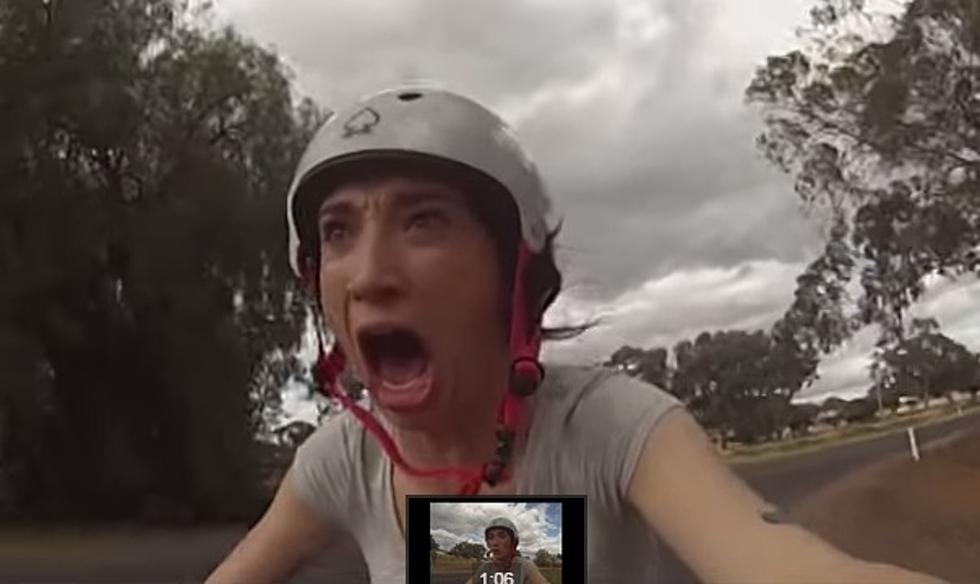
‘Sexting’ Growing More Popular but Doesn’t Lead to Riskier Behavior in Teens
A new study conducted by the University of Texas Medical Branch in Galveston has found that while more than a quarter of teens are engaging in sexting, there is no clear link between sending sexually explicit photos and risky sexual behavior over time. Still, parents need to be aware of what teens are doing.
The study, authored by John Temple, associate professor and psychologist at UT, tracked anonymous surveys to research nearly 1,000 high school sophomores and juniors in Texas. Of the teens surveyed, 28 percent said they engaged in sexting. Researchers also found that those students who sent explicit photos of themselves to others during their second year of high school were more likely to report that they had engaged in sexual activity the next year than other teens.
Despite these results, the study also found that only active sexting—defined as sending an explicit photo—was linked to an increased likelihood of sexual activity, whereas requesting or receiving a photo was not. Researchers conclude that teens who are actively sexting would be more likely to be sexually active whether or not they had texting capabilities.
“I don’t think the behavior is new by any means,” said Temple. “It does seem to be a part of this repertoire of sexual behaviors, and really I think that offline behaviors and online behaviors seem to mimic each other.”
Because of the survey findings, Temple believes that discovering a student is sexting shouldn’t be a major concern for parents because it gives them an opportunity to open a dialogue about sex, health and related topics. The sexting is likely a sign that a teen is already experimenting with other behaviors that should be discussed for his or her own safety and well-being.
The most dangerous aspect of sexting for a teen is the possibility that the photos could end up in the wrong hands, shown to friends, or posted publicly and left on the Web long after the relationship has fizzled.
More From KKRC-FM / 97.3 KKRC









